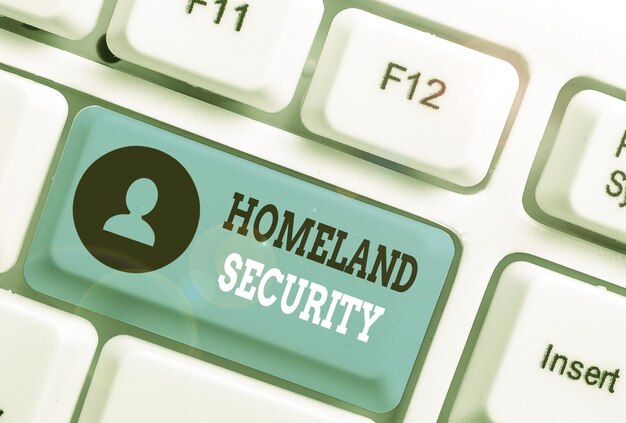Discovering Your Social Security Number: What You Need To Know
Your Social Security Number (SSN) is a vital piece of your identity in the United States, used not just for employment and tax purposes, but also for accessing critical services like healthcare and financial aids. If you’ve lost or forgotten your SSN, you might be wondering how to retrieve it. Here’s a straightforward guide to help you find it or apply for a new card.
Steps to Get Your SSN
Check Your Documents
Before you start the formal process to retrieve your SSN, search through important documents that might contain it:
- Tax returns: Your SSN is listed on federal and state tax returns from previous years.
- W-2 forms: Employers issue this form annually, and it contains your SSN.
- Pay stubs: Some employers include your SSN on your earnings statements.
- Financial paperwork: Documents related to loans or mortgages often have your SSN.
Apply for a Replacement Card
If you can’t find your SSN documented, applying for a replacement card is the next step. Here’s what you need to do:
- Gather Required Documents: You’ll need to provide original documents proving your identity and age. Acceptable documents include a birth certificate, U.S. passport, and driver’s license.
- Complete the Form SS-5: This is the application for a Social Security card. You can download it from the Social Security Administration (SSA) website or pick it up at your local SSA office.
- Submit Your Application: You can mail your application along with the documents to your local SSA office or submit them in person. Choose the option most convenient for you.
Getting a replacement card is free, but be aware of the limits—you’re typically allowed just three replacement cards in a year, with a maximum of ten in a lifetime.
Safeguarding Your SSN
Once you retrieve or replace your Social Security card, it’s crucial to store it securely:
- Do not carry your card: Keep your card in a safe place at home to avoid loss or theft.
- Shred documents containing your SSN before discarding them.
- Be cautious of sharing your SSN online or on the phone unless absolutely necessary.
Navigating Government Aid Programs
Successfully managing your Social Security information opens doors to many government aid programs, financial assistance opportunities, and educational grants. Here are some proactive steps you can take:
- Explore Government Aid: Programs like SNAP, Medicaid, and housing assistance require an SSN for eligibility verification.
- Consider Financial Assistance: For those struggling financially, there are debt relief options and assistance programs that can help alleviate financial burdens.
- Look Into Educational Grants: If furthering your education is a goal, an SSN is necessary for applying to federal student aid programs like FAFSA.
Understanding your Social Security Number’s importance and how to manage it can significantly impact your financial and personal stability. As you manage your social security details, consider taking advantage of these related opportunities:
Financial Assistance Highlights
- 🏡 Housing Assistance: Access programs for rent and mortgage relief.
- 🎓 Educational Grants: Explore FAFSA and other academic aids.
- 💳 Credit Solutions: Investigate secured credit card options for building credit.
- 🩺 Medicaid & Healthcare Aid: Check eligibility and application processes for medical aid.
- 📈 Debt Relief Programs: Find ways to consolidate or relieve debt with available plans.
Being aware of how to locate and secure your Social Security Number is a cornerstone of managing your identity safely and taking full advantage of the resources available to you.

Related Topics
- a Social Security Card
- Are People On Social Security Getting $250
- Are Social Security Benefits Taxable
- Are Social Security Benefits Taxable Income
- Are Social Security Benefits Taxed
- Are Social Security Checks Late This Month
- Are Social Security Disability Benefits Taxable
- Are Social Security Earnings Taxable
- Are Social Security Numbers Recycled
- Are Social Security Numbers Reused